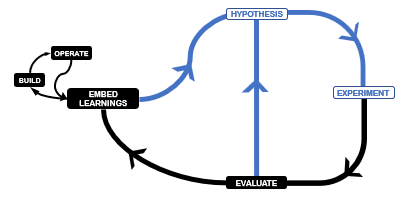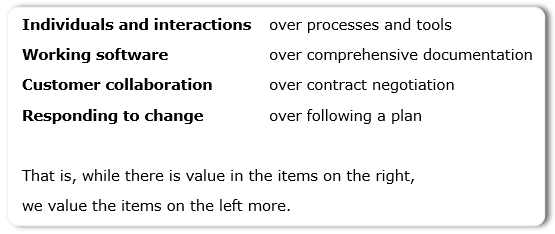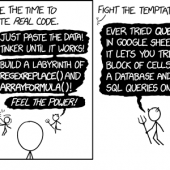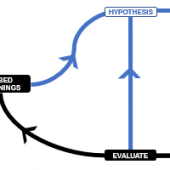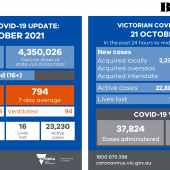We’ve logged a few more kilometres since our post on Settlers, Pioneers and Town Planners in 2021 (and how strange that it’s already June of 2022!). In our last post, we wrote of how data projects can be agilist in principle, evolved and scaled, and how the three functions (settlers, pioneers and town planners) work together to build robust solutions. In this post, we hope to help visualise a constructive process for these three functions to innovate within an organisation.
If we subscribe to the need for Settler, Pioneer and Town Planner disciplines, then the data innovation cycle we’re working through is not that circular. Its shape lends itself to being a little whale-like.

Pioneers play at the head
They begin with a hypothesis, building an experiment – an MVP – to produce enough data to evaluate (and prove or disprove) the hypothesis. An experienced Pioneer seeks to minimise risk; the MVP must be fast to market (because time is opportunity) and not a cent more than necessary to understand the validity of the hypothesis. The pioneer usually needs to iterate a number of times, using data from prior experiments to tweak the hypothesis and build new experiments that help to narrow down the opportunity or problem space. The MVP is not built to last. It’s built to provide information on whether there is merit to real investment. The objective is to get GREAT at performing these three analytics disciplines: (1) Forming a hypothesis, (2) Designing real world experiments that test the hypothesis, and (3) Evaluating data to determine if the hypothesis bears out.
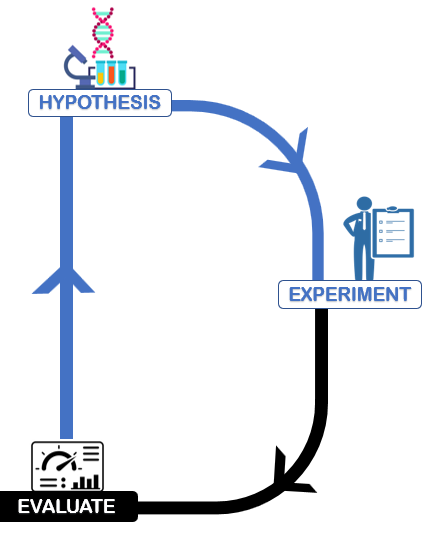
Journey to the tail
When the hypothesis bears out, Settlers and Town Planners can confidently choose to invest in more robust builds, developing features that serve the purpose of the product and that enables the organisation to effectively support the product. This is the home of DevOps, DataOps, RunOps. The tail becomes the engine room that drives adoption, fosters like-minded communities within the organisation and helps define an organisation’s identity.
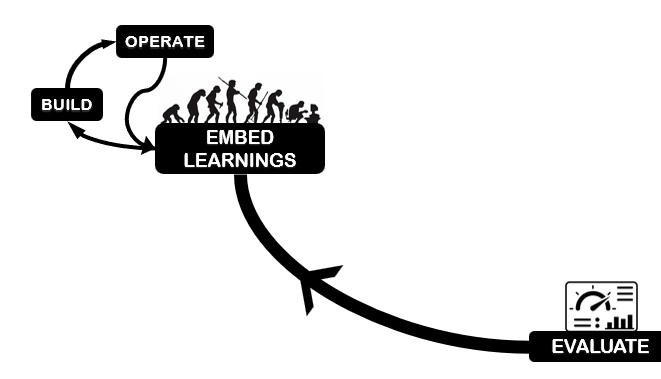
When the tail wags the..
Done well, townplanner and settler activities can lead to sophisticated data collection – this can serve as a powerful tool for ongoing innovation, helping drive new hypotheses and seed new experiments.
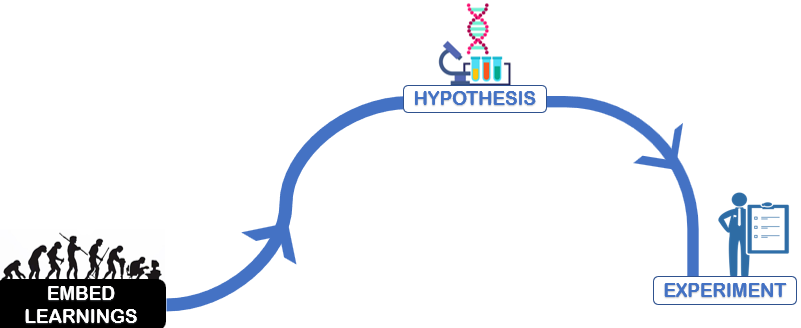
There are some minefields to this process.
- It can be easy to over invest in one part of the whale – to err (and maybe to indulge) is human!
- In larger organisations, each part of the whale is typically owned by different teams – teams can and do misunderstand the brief in the transition between the different parts of the whale.
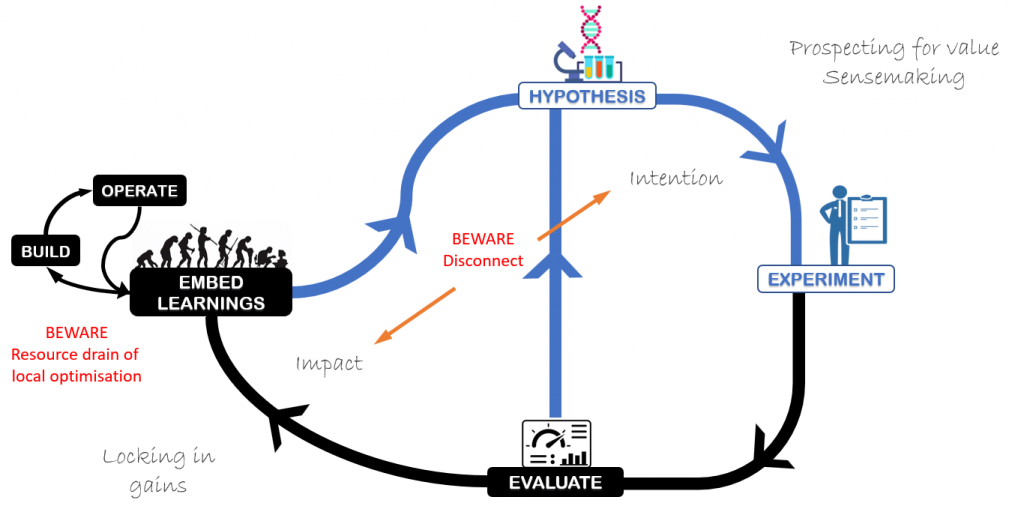
Given the minefields, it can be enticing to install controls to regulate the process. To this, we share the following reminder:
That is to say, it is entirely possible to also over invest and miss the brief by focusing excessively on the items to the right.

